Thin glass-polymer sheet increases passive radiative cooling.
A new metamaterial film provides cooling without needing a power input. Made out of glass microspher.
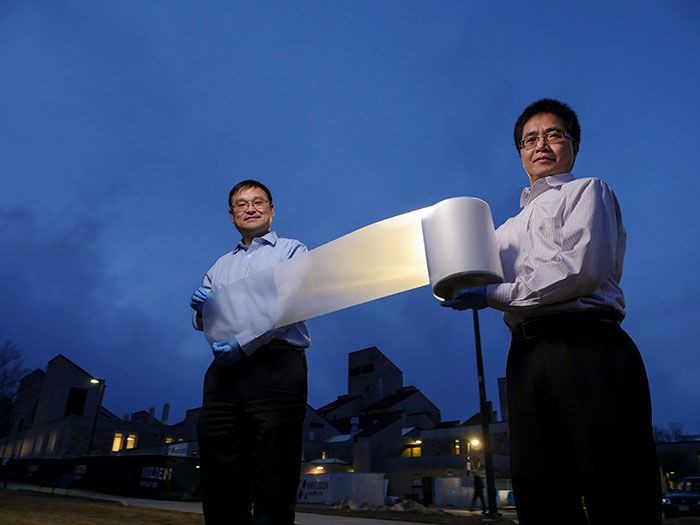

Solid Power is now producing a 22-layer ASSB (all-solid-state battery) with 330 Wh/kg and 20 Ah, and it intends to enter automotive validation in 2022.
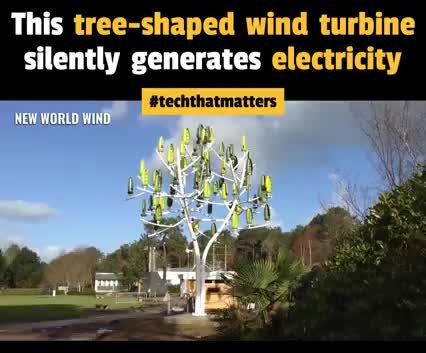
A wind turbine shaped like a tree! 😃
This nature-inspired
Credit: New World Wind
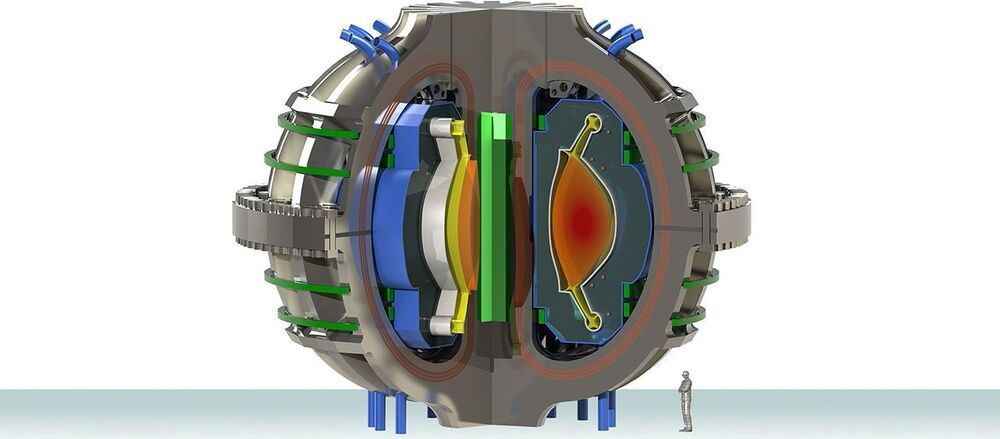
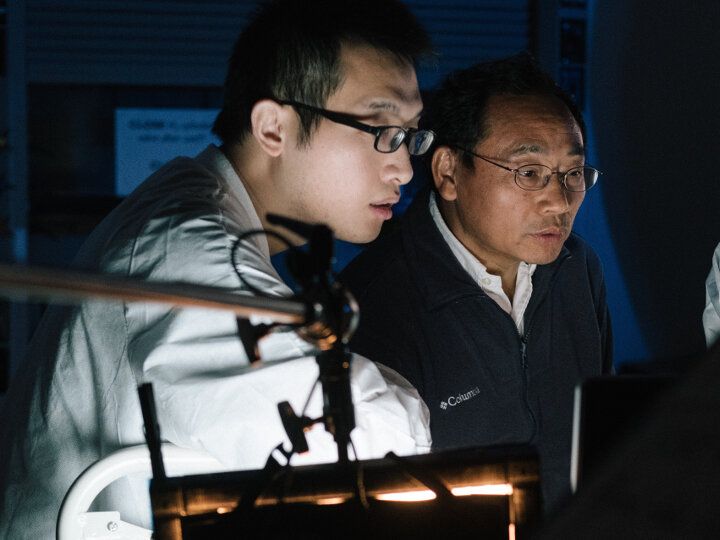
Almost 200 years after French physicist Jean Peltier discovered that electric current flowing through the junction of two different metals could be used to produce a heating or cooling effect, scientists continue to search for new thermoelectric materials that can be used for power generation.
Researchers writing in Nature Materials, however, say it is time to step up efforts to find new materials for thermoelectric cooling.
Bismuth tellurium compounds have been used for thermoelectric cooling for more than 60 years, and the researchers say the fact that there is already a commercial demand for the technology suggests better materials can expand the market.


O,.0 based on my sources could bring minor earthquakes perhaps also satellite outages.
The sun unleashed its most powerful solar eruption in more than three years on Sunday (Nov. 29).
The solar flare, which is a sudden, bright explosion of electromagnetic energy, measured as an M4.4 on the scale astronomers use for sun storms. M-class flares are medium-sized eruptions (compared to small C-class flares and large X-class flares) and rank on a scale from 1 to 9, with larger numbers representing stronger flares.
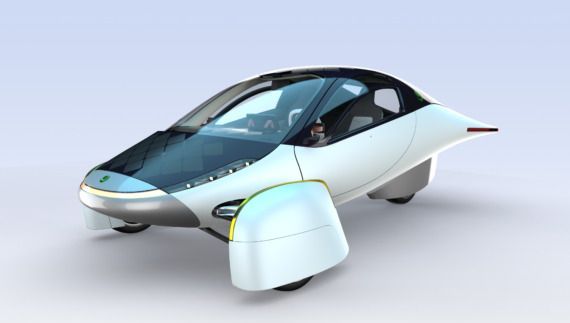
Today, Aptera announced a solar electric vehicle that will not need to be plugged in for most regular uses, and it sports a 1,000 mile range on a full charge.
“With Aptera’s Never Charge technology, you are driven by the power of the sun. Our built-in solar array keeps your battery pack topped off and anywhere you want to go, you just go,” says co-founder Chris Anthony. Aptera says they will achieve this by making the vehicle as efficient as possible, allowing the relatively low amount of energy one can get from solar panels to do a lot more than it could for other electric vehicles.
The biggest thing Aptera does that others don’t is optimize the vehicle for low drag. With an airplane-like design and only three wheels, the car has a drag coefficient of just 0.13. To put this in perspective, a Tesla Model S has a drag coefficient of 0.24. With less “wind resistance,” travel at all speeds requires less energy, with the effect of saving more energy compared to normal cars increasing as the car goes faster. Aptera plans to do this while still having a 100 kWh battery pack, so the car will have great range.
